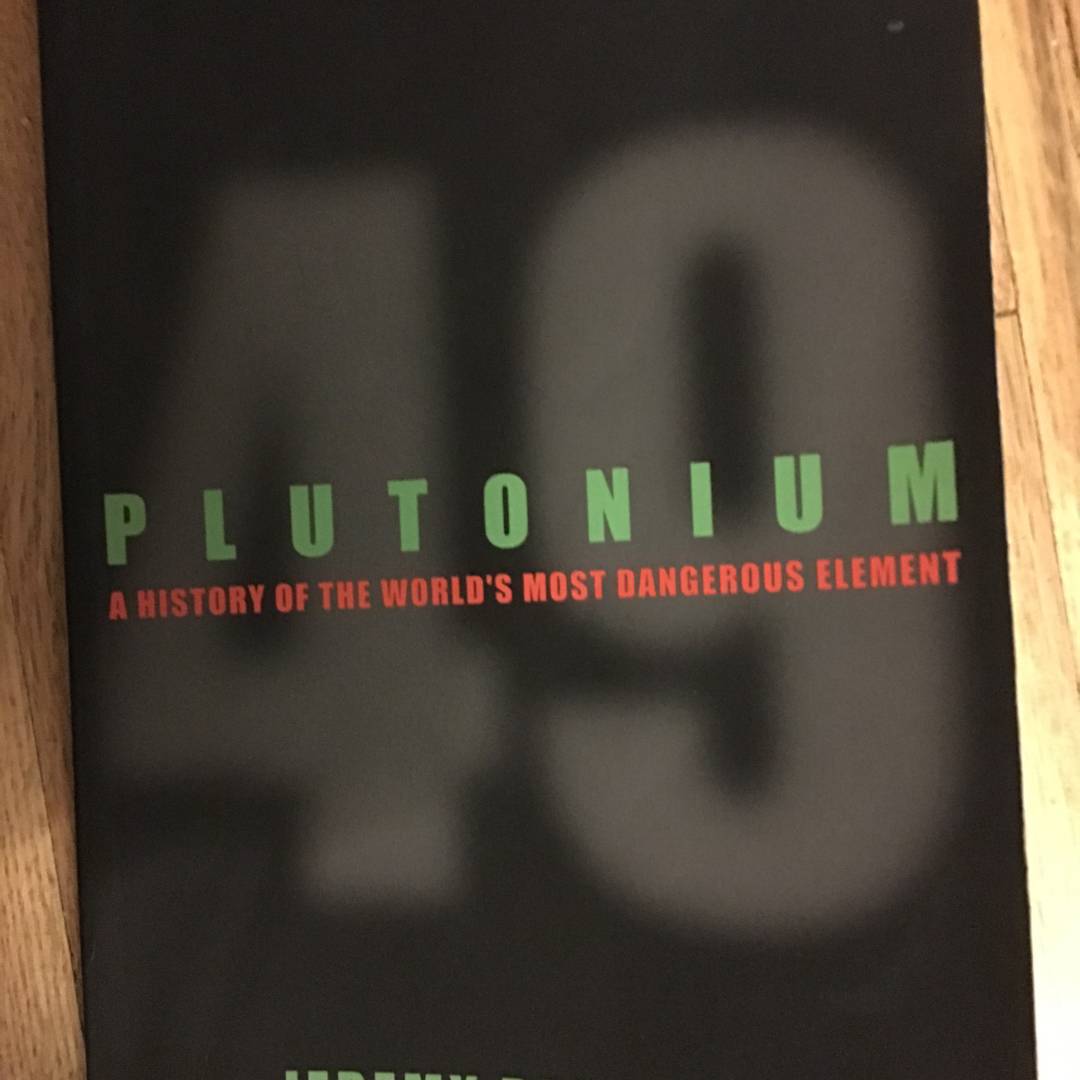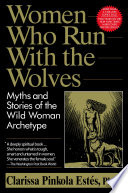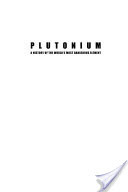
If you‘ve ever been curious about about the use, manufacture, or characteristics on plutonium, this is the book for you. It is well written and has a way of pulling you along. It can be technical at times. High school chemistry will suffice in most places: college chemistry in the rest.
4 likes2 stack adds


















